What does the Rita provide for Parkside students?
RUSS JOHNSON: The Rita provides Parkside students world-class facilities right here “at home.” The opportunity to experience the arts in such incredible spaces does NOT happen at many college campuses across the U.S.
JAMES KINCHEN: The Rita provides Parkside students world-class facilities right here “at home.” The opportunity to experience the arts in such incredible spaces does NOT happen at many college campuses across the U.S.
SARAH PIÑA: The Rita provides space for so many wonderful- and necessary- cultural events, from art to theatre to music. As it's often said, "Only art can save us." The wealth of creative activity that the Rita provides ultimately stimulates critical thinking on many levels and production of knowledge that wouldn't exist otherwise. It is more than just a building; it is emblematic of what we do in the College of Arts and Humanities, where we can "do work that matters," in the words of Gloria Anzaldúa.
JODY SEKAS: The Rita was a game changer in Theatre Arts. The additional rehearsal spaces, classrooms, shop spaces and Black Box space allow the students much greater freedom and flexibility in creating, acting, directing, design and production work. The additional space alone makes things possible that were not possible before, but the upgrade in technology and facilities helps the department fulfill its mission of being a pre-professional training program for the students. They are able to work with technology and facilities in a professional atmosphere, not only preparing them to step immediately into the professional world, but also providing the campus and community with high-quality productions that rival professional theatre in our surrounding area.
ADRIENNE VIRAMONTES: I think the Rita provides spaces to express student voices, to create manifestations of truth, be it in music, art, or human performance (stage and in daily life). To express one’s truth is a vital component of a balanced, quality life. If we do not express ourselves, and if we do not know how to cultivate our own expressions, in many ways, we do not know how to communicate our own vital needs.
What is your favorite memory of the Rita?
JOSEF BENSON: My favorite memory of the Rita is probably the Star Wars toy exhibit in Mathis Gallery, what is now the Ranger Studios that was on display in 2017.
JOHNSON: Jazz Week 2022. It was so great to present Jazz Week after a two-year (COVID-related) hiatus. The attendance was the best we’ve had since starting Jazz Week in 2014. The crowds were eager to experience live music again and the artists all BROUGHT IT during their performances!
KINCHEN: I have so many! Too numerous to pick out just one. Some of my faves include: conducting the first major performance ever in Bedford Hall— Handel's Messiah in 2011; conducting the Brahms Requium, one of my favorite, to-die-for works in the Rita in 2017; any of our Experiencing Choral Treaures concert collaborations with area high school choirs (we've done six or seven of them); our 2021 Messiah, one of the first major Rita performances coming out of the hardest of the pandemic.
PIÑA: After months of preparation and organization, our Spanish program held its inaugural colloquium in the Black Box Theatre in April. Students presented original research with topics ranging from femicide in Latin America to Chicanx literature. The day culminated with the second official ceremony of Sigma Delta Pi, the National Collegiate Hispanic Honor Society, as we recently established the first chapter at UW-Parkside last fall. It was truly a dynamic day of culture and effective creation and circulation of knowledge, as well as conviviality.
SEKAS: I think my favorite memory is of the production of Sarah Ruhl’s Eurydice in the Black Box Theatre. This was the final production for director Lisa Kornetsky and scenic designer Keith Harris, after both had near 30-year careers at UW-Parkside. Unbeknownst to them, our faculty reached out to our alumni and on opening night, the house was FULL of former students whose lives Lisa and Keith had touched. They had created a beautiful production in that theatre, but that moment of honoring and recognizing the impact those two have had over their years was truly beautiful.
JONATHAN SHAILOR: Watching formerly incarcerated citizens from The Shakespeare Prison Project tell their stories to a packed house.
What is your favorite location in the Rita?
BENSON: My favorite sections in the Rita are the galleries. I love to take my poetry students to the galleries for exercises in writing ekphrastic poems (poems about works of art). I also just like to walk around in the galleries and look at the artifacts. It’s relaxing and soothing during a rigorous day at school
JOHNSON: Bedford Hall – beauty, acoustics, MUSIC!!!
KINCHEN: Selfish answer: the Choir Room (D164), Bedford Hall (our little jewel!) and my insanely cluttered office!
SEKAS: Personally, I have a few places that I really love because I use them frequently, such as the Theatre Design classroom, Student Production Office, Costume Shop, Digital Design & Fabrication Lab, and Scene Shop. My favorite though is one that very few people know about or have ever seen – the Prop Loft. This is an area adjacent to and overlooking the Scene Shop where student prop masters can work on their projects for the show. It also contains a varied array of architectural details, sculptures, and props from past productions. It’s my favorite location though because in the past few years, students with a focus on Theatre Design & Technology have taken to using it as their lunch spot, so if you’re in the Scene Shop between 12-1 you will often hear the laughter of good friends coming from above.
What will the Rita look like in 10 years?
BENSON: The Rita has already changed so much in the last decade that I can only imagine the wonderful things ahead for this space. I do know that it’s a constant topic of conversation among CAH faculty who are committed to creating wonderful experiences for our students and the greater Kenosha and Racine communities.
ALVARO GARCIA: It is hard to predict what the future will hold. Not in a million years would I have thought that I’d be doing audio/visual work and livestreams. What I can predict is that the digital technology is here to stay and that we will not be going back. The development of digital technologies and digital forms of expression is of value for our students and the next generation of creative minds.
JOHNSON: Filled with ART!!! I am looking forward to the continued presence of internationally acclaimed artists presenting their works in our beautiful facility.
KINCHEN: Even greater events. As long as our amazing faculty have "space" to vision, imagine, create, and plan ideas (which means that college and university leadership have to set and maintain the priority of making that space for us), we will have incredible things happening in the Rita!
SEKAS: Over the past 10 years there have been several improvements to the technology and infrastructure of the Rita to keep the training of our students as current and relevant as possible. As we continue into the next ten years, I can see further advances into projection technology, digital fabrication methods, and film & television production. Our Theatre Arts faculty & staff have professional experience in all of these areas, and are excited to develop them for this next generation of students in the Rita!
SHAILOR: I expect to see exciting new collaborations between students and faculty in art, communication, digital media, theatre, and music!
A short Q&A with Greg Berg Host of the Morning Show on WGTD Radio
Greg Berg served as emcee for the Rita Grand Opening gala in January 2012. Greg is an associate professor of music at Carthage College, and hosts the Morning Show each weekday on WGTD radio.
As host of the Morning Show on WGTD, do you have a favorite Rita interview?
I interviewed former faculty member Dean Yohnk. I remember him saying that shepherding the Rita project to completion was a lot like shepherding a theatrical production. You have a vision on which you are focusing all of your energies, but you also have to roll with the punches when complications arise.
Is there a specific memory that comes to mind when you think of Bedford Concert Hall?
Whenever I am in the Frances Bedford Concert Hall, I think of longtime UW-Parkside music faculty member James McKeever, who worked so tirelessly on behalf of the university to make this long-held dream a reality. It is really important that we appreciate not only the facility itself, but also the extraordinary efforts of those who helped make it happen.
How often do you have the opportunity to visit the Rita?
When I stop and consider how many outstanding musical concerts and theatrical performances, I have enjoyed at the Rita over the last 10 years, it boggles my mind. Parkside does everything with an eye toward excellence and having a first-rate space like the Rita is a big reason for that relentless level of excellence.
In all of southeastern Wisconsin, there is no finer center for the arts and humanities than the Rita.
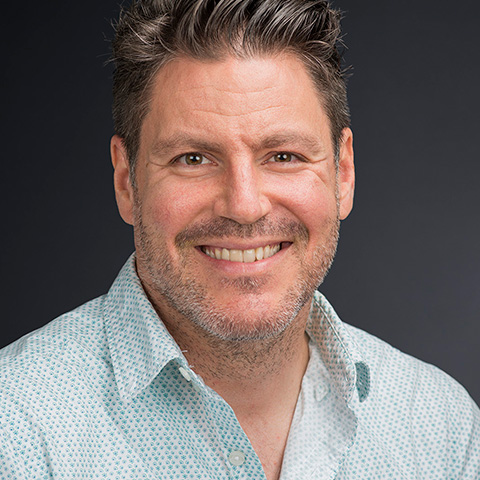
Josef Benson
Josef Benson, associate professor of English in the Literature and Languages Department, has witnessed the Rita’s transformation into a space “where students can explore and refine their craft, whether that be visual, tactile, narrative, dramaturgical, or musical.” Benson is among faculty and staff who are excited about the possibilities for the Rita in the next decade.
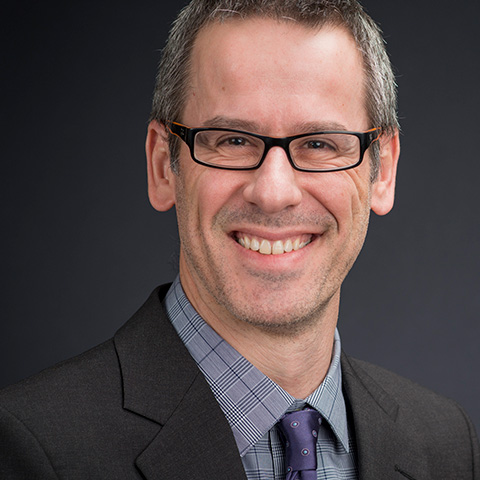
Alvaro Garcia
Alvaro Garcia, professor of music and associate dean of the College of Arts and Humanities, came to UW-Parkside 20 years ago. He, too, knows the before and after.
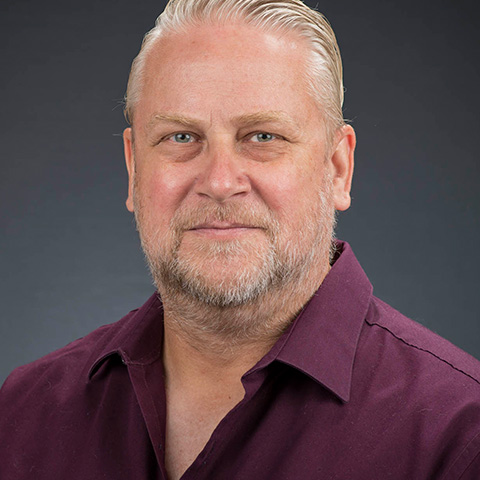
Russ Johnson
Trumpeter Russ Johnson returned to the Midwest after 23 years in the New York City jazz community. As associate professor of jazz studies at Parkside, his professional resume is evidence that he knows top-shelf when he sees and hears it – and the Rita is top-shelf.
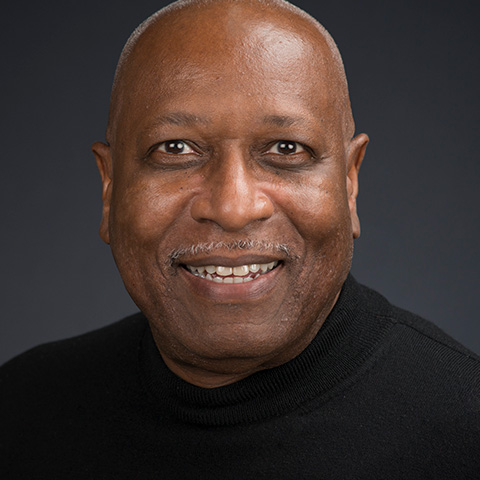
James Kinchen
When Dr. James Kinchen, professor of music and director of choral activities, arrived on the Parkside scene in the summer of 1989, the Rita was still a sketch on James McKeever’s note pad.
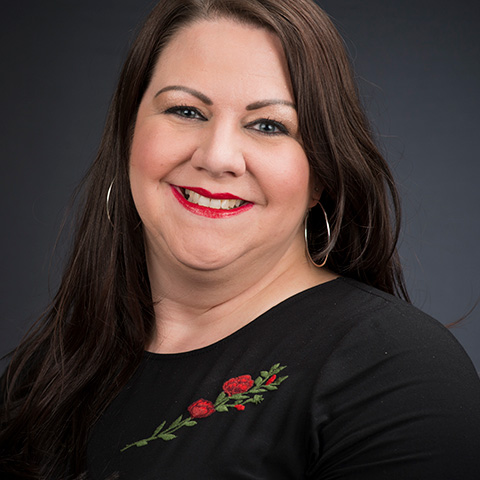
Sarah Piña
Sarah Piña, is assistant professor of Latina/o literature, and previously served on the editorial board for Arte Público Press, the nation's largest and most established publisher of contemporary and recovered literature by U.S. Hispanic authors.
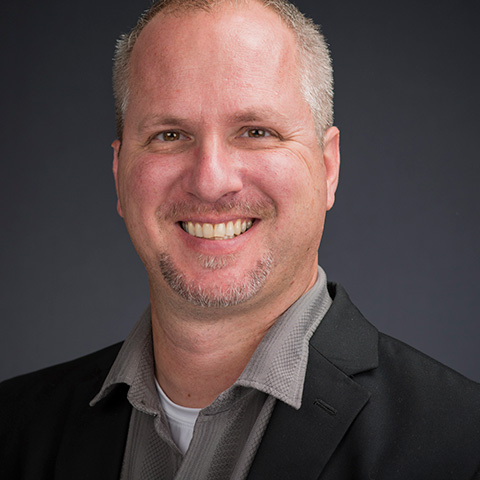
Jody Sekas
Jody Sekas is the Associate Professor of Scenic Design & Technology at UW-Parkside. He came to Parkside shortly after the construction of the RIta finished. More recently, he helped launch the digital design and fabrication lab and related programs.
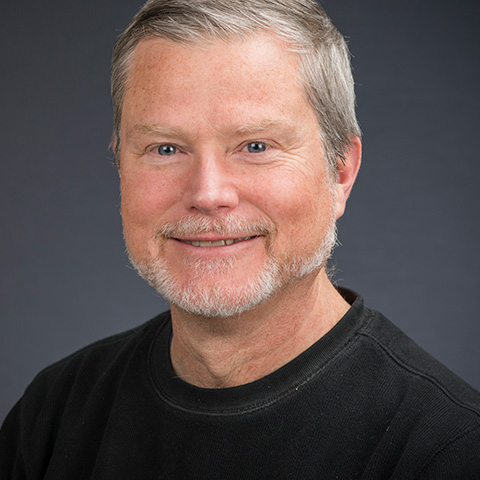
Jonathan Shailor
Jonathan Shailor, professor of communication, and director of the certificate program in conflict analysis and resolution and The Shakespeare Prison Project, focuses his teaching and research on storytelling, dialogue, and performance as means to personal and social transformation.
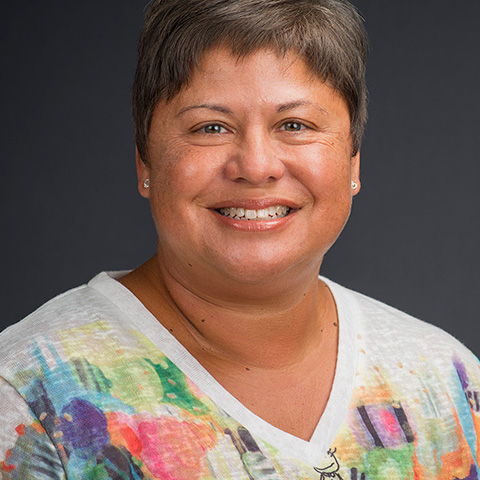
Adrienne Viramontes
Dr. Adrienne Viramontes, associate professor of communication and chair of the Communication Department, specializes in the study of Midwestern Mexican American identities and experiences within social, political, and economic matrices.
